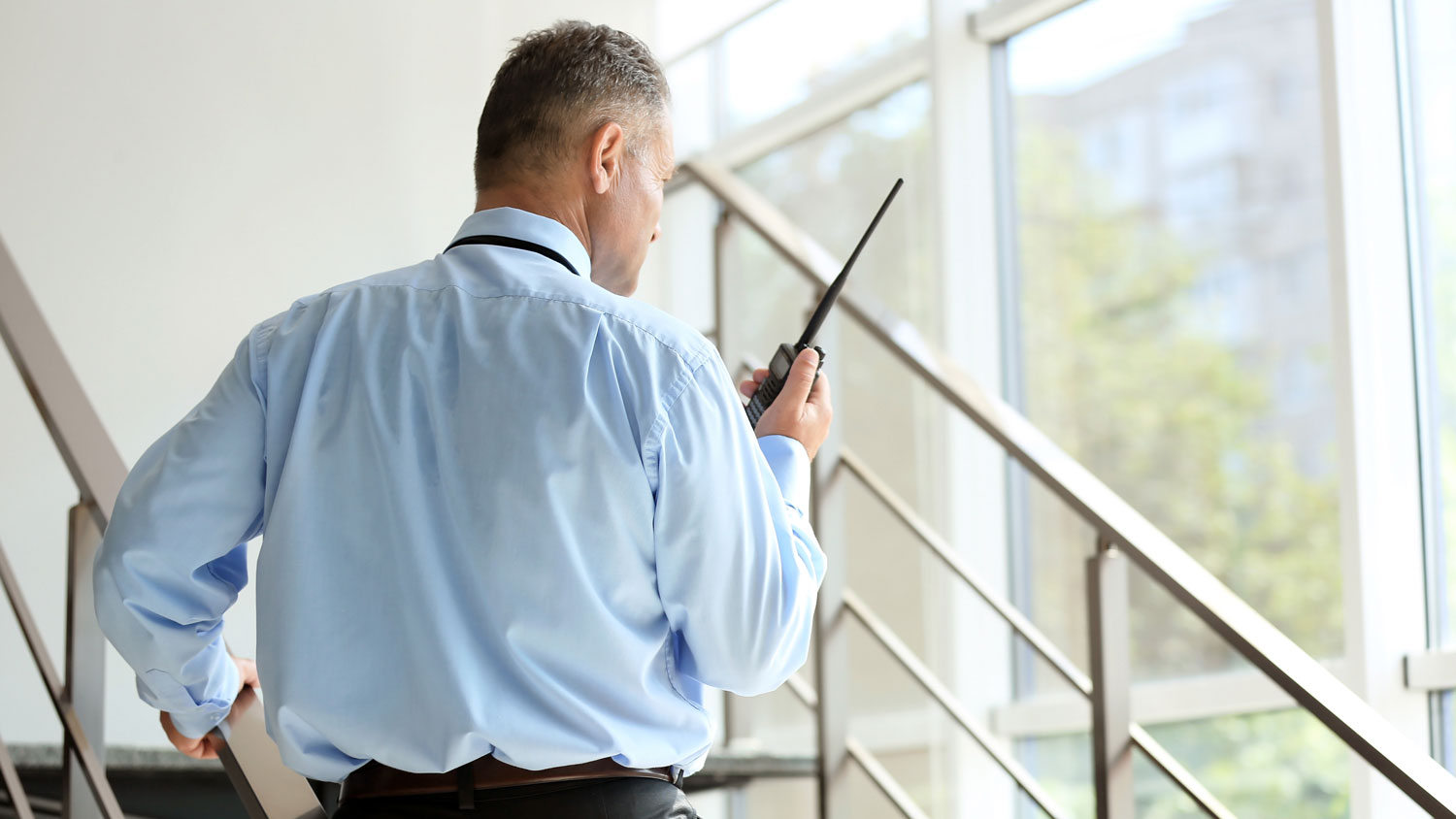
Homeworking: are there prosecutions to come?
The pandemic forced many millions of employees into working from home, which employers weren’t necessarily prepared for, given little notice and time to set their workers up suitably to effectively carry out their role at home. Now three years in, employees are used to a form of hybrid working, and have likely set up home workstations that work for them. But what of those who were forced into unsuitable arrangements, from both an ergonomic and psychological point of view?
We’ve yet to hear much in the press about those who have experienced negative effects of having to work from home. However, it is likely that prosecutions will be brought against employers for failures to manage working from home effectively.
According to RoSPA, when it comes to accidents, the home is the most dangerous place to be. Every year, more than 6,000 people are killed due to unintentional injuries sustained in the home environment.
Physical health and safety continues to be a key issue for homeworkers, with some blurred lines around who is responsible for the work set-up. Kathryn Gilbertson, Partner in the Insurance, Risk and Regulatory Team at Harrison Clark Rickerbys Solicitors, advises:
“I suspect that we’ll have several hundred personal injury claims for poor workstation layout and carpal tunnel syndrome due to homeworking, but it’s still early days for these.”
These types of injury fall under the Display Screen Equipment regulations (DSE), under which employers must protect workers from health and safety risks from working on a computer or laptop at home, and a DSE assessment must be carried out.
Workers can complete a self-assessment, provided they have been given suitable training. Where they use DSE in the home and office, assessments should cover both situations.
Employers should ensure:
- Homeworkers can achieve a comfortable, sustainable posture while working with DSE.
- Any equipment provided is safe and suitable for use.
While employers can’t change the mistakes of the pandemic era, there are steps that can be taken to ensure employees have no grounds for prosecution based on current operations.
The HSE says, “As an employer, you have the same health and safety responsibilities for homeworkers as for any other workers”. It goes on to say that, when someone is working from home, permanently or temporarily, as an employer you should consider:
- How will you keep in touch with them?
- What work activity will they be doing (and for how long)?
- Can it be done safely?
- Do you need to put control measures in place to protect them?
It's not just health and safety either. Kathryn believes there are a few employment law cases “bubbling along” where the employee is claiming working from home impacted on their career.
According to a survey from Blind, an anonymous professional network with 3.6m verified users, 53% of professionals fear that working from home has had a detrimental effect on career progression, with 73% saying they haven’t been able to network internally since the pandemic began.
It is therefore inevitable that some careers have stalled since the pandemic. Says Forbes in Is working from home bad for your career:
“As soon as people can choose, those who return to the office and are visible will undoubtedly be better off career-wise. Networking and getting to know people properly are key to making a name for yourself, particularly when you’re starting out in your career. And in order to progress within your organisation, it’s important to be seen and for people to know what you do. This is easy to achieve in the flesh, much harder when your only communication is online.”
This lack of contact with colleagues and bosses also has potential health implications. One of the major drawbacks of working from home is a sense of isolation, and with around one in four people in the UK experiencing a mental health problem each year, line managers should have been and continue to be active in exercising their duty of care by regularly checking in with their team and revisiting their mental health risk assessments for homeworkers.
During the pandemic, enforced homeworking was among the most common causes of workplace stress. However, it is difficult to attribute findings on health and wellbeing from data collected during the pandemic to remote and hybrid working, because of the wider impact of the pandemic on people’s mental health and wellbeing.
Remote and hybrid working can lead to blurring of work-life boundaries and a feeling of pressure to always be available online, as well as an increase in unpaid overtime work hours. Use of information and communication technologies to engage in work-related tasks outside of work time can make it difficult for workers to ‘switch off’.
It's been a tough time for many businesses. However, the employer still has a duty not to put employees under too much pressure mentally, and to ensure that workload levels remain achievable. The courts recognise mental duress in the same way they recognise physical injuries, allowing claims to be made for stress and other psychological injuries suffered at work. This could apply to a homeworking set-up just as feasibly as it could anywhere else.
It’s important to remember that working from home doesn’t mean employees no longer have the right to receive the necessary training when it comes to working safely. Employers have a legal obligation to keep employees informed of health and safety guidelines, and to assess any new risks they might be facing.
HSE recommends the following steps:
- There will always be greater risks for lone workers with no direct supervision or anyone to help them if things go wrong. Employers should keep in touch with lone workers, including those working from home, and ensure regular contact to make sure they are healthy and safe.
- For those people who are working at home on a long-term basis, the risks associated with using display screen equipment (DSE) must be controlled. This includes doing home workstation assessments. However, there is no increased risk from DSE work for those working at home temporarily.
- Provide workers with advice on completing their own basic assessment at home.
- Employers should try to meet specialised DSE needs where possible. For some equipment (e.g. keyboards, mouse, riser) this could mean allowing workers to take this equipment home. For other larger items (e.g. ergonomic chairs, height-adjustable desks) encourage workers to try other ways of creating a comfortable working environment (e.g. supporting cushions).
- Homeworking can cause work-related stress and affect people’s mental health. Put procedures in place so you can keep in direct contact with home workers so you can recognise signs of stress as early as possible. It is also important to have an emergency point of contact and to share this so people know how to get help if they need it.
International Workplace has created a Manager's guide to mitigating the risks of MSDs in hybrid working. The guide looks at what causes MSDs and how workstations can be set up to avoid the risks. It helps employers understand the issues and gives some tips to help mitigate the dangers. Download the guide here.







